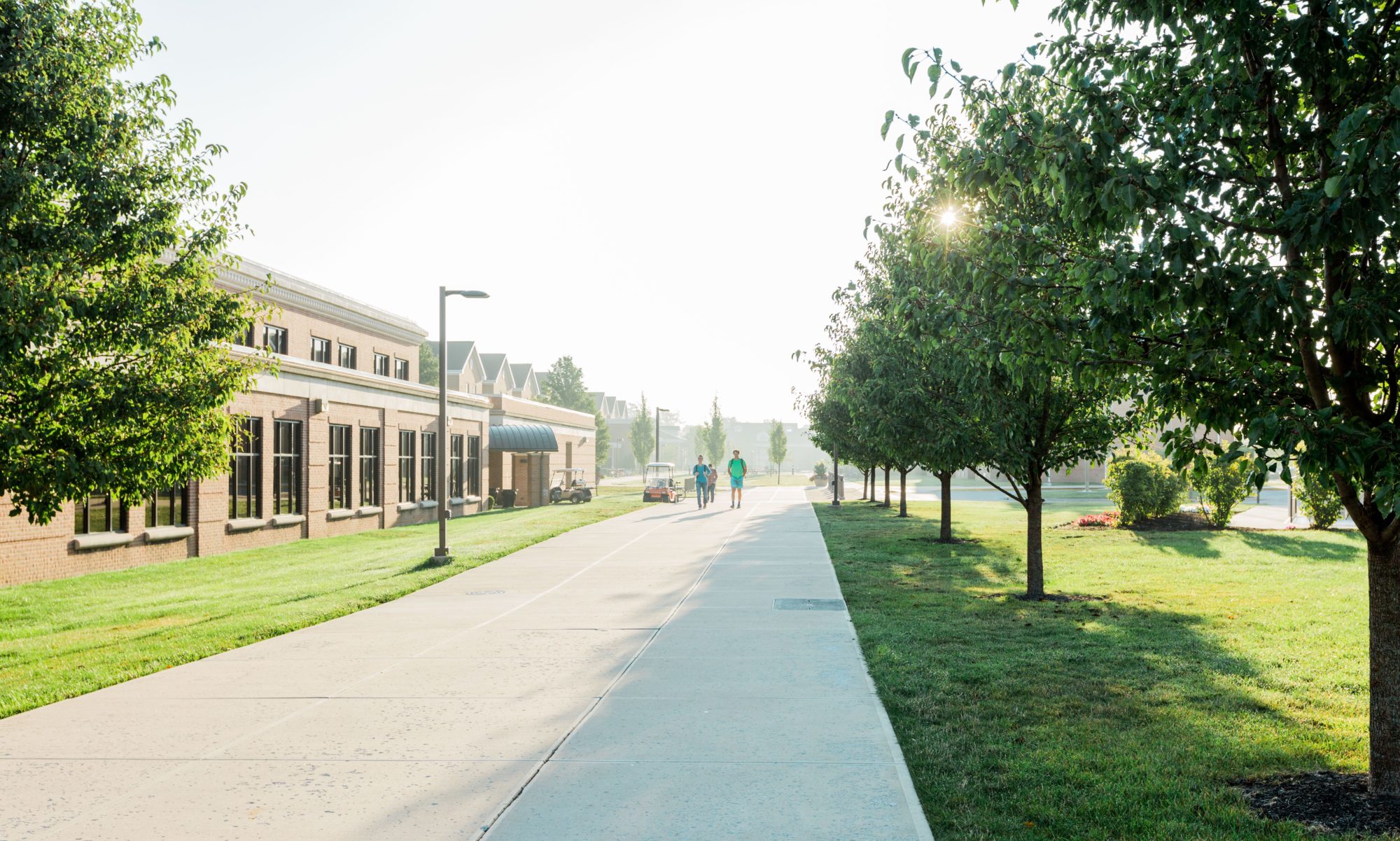Survey says: County pushes past trouble
‘C-T’ staff, Ball State team ask citizens what they think about the economy, future growth
|
If hope could be a product, manufacturing in More than half of the county – 53 percent – believe they will be financially better off by next spring, according to a survey by the Chronicle-Tribune and
Yet half of those surveyed were reluctant to predict how employment would change at their workplace in the next year. “We’ve taken some hard hits, and we’ll take more, but I think the overall attitude of the county has shifted,” said Darren Reese, manager of corporate and community relations for Ivy Tech in And maybe a little fear. Community expectations were revealed in the communitywide survey conducted in the spring by the Chronicle-Tribuneand the Ball State University Business Fellows program, which provides real-world work experiences for students. The effort of the students and the newspaper’s editorial staff is contained in Section B inside today’s Chronicle-Tribune. The survey, which carries a margin of error of plus or minus 5 percent, found that 14 percent thought employment at their workplace would fall this year. Twenty-four percent thought employment would stay the same, while 12 percent thought employment would increase in their own place of work. Unemployment for Key to recovery will be the continued education of the local workforce and high performing schools to make the community attractive to new employers, said Jeff Southworth, a local business owner and president of the Grant County Economic Growth Council. The community has attracted two new retail distribution centers and an ethanol plant. “We’ve had good success and we’ve shown people what we can do,” he said. Without skilled jobs, the community faces an uphill battle for prosperity. “The template is, you lose high-paying manufacturing jobs and you go to lower wage service sector jobs,” said Jeffrey Wenger, professor of public policy at the Higher-paying jobs at the expanding area colleges likely will go to highly trained people recruited from outside the community, he said. The lower paying support staff jobs are just that – lower paying. “It’s tough to replace high-paying manufacturing jobs,” Wenger said. But while the campuses can’t make up for Thomson and Active Products and Ball-Foster Glass, all plants that have closed their doors in the past decade, their influence on the economy is nothing but positive, he said. Alan Miller, director of university relations at The number of employees the university hires grows by about 50 to 100 people each year. “We’ve went from 300 to 800 employees in the past 10 years,” Miller said. Professional positions at the university are somewhat difficult to fill, Miller said. In addition to seeking Christians who are in accord with the university’s mission, the university also looks for well-educated, experienced people, and it has to compete with other institutions, such as Jim Garringer, public relations director at “They’re all a challenge to fill,” Garringer said. There will be more of those jobs as the university has announced plans to invest more than $100 million in the But there is no recipe for rebirth, Wenger said. Each community that has suffered similar job losses write their own story. “I don’t think it takes any one thing,” he said. “Good management. Luck.” Originally published September 4, 2006 |
(SOURCE: Chronicle Tribune,

